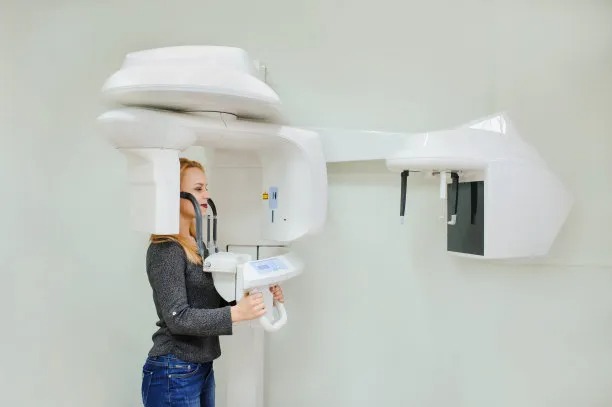The Essential Guide to Extract a Tooth Safely and Effectively for Optimal Dental Health
Summary: Extracting a tooth can be a daunting process for many, but understanding how to do it safely and effectively is critical for optimal dental health. This guide provides essential information on the reasons for tooth extraction, the preparation required before the procedure, the extraction process itself, and the aftercare needed for a smooth recovery. By following this comprehensive guide, individuals can ensure that the tooth extraction process is handled safely, minimizing discomfort and promoting overall dental health. Whether due to decay, crowding, or other issues, knowing how to manage tooth extraction is vital for maintaining a healthy smile.
1. Reasons for Tooth Extraction Explained

Tooth extraction can be necessary for several reasons, the most common being severe tooth decay. When a tooth is irreparably damaged, extraction may be the only solution to alleviate pain and prevent further complications. Understanding the signs of decay, such as persistent discomfort and sensitivity, is crucial for recognizing when extraction might be needed.
Another reason for tooth extraction is overcrowding. In some cases, individuals might have too many teeth for their dental structure, leading to misalignment and other issues. Orthodontic treatment often requires the extraction of specific teeth to create space for alignment, making this a common practice in orthodontics.
Lastly, wisdom teeth removal is a prevalent reason for tooth extraction. As these third molars often lack sufficient space to emerge, they can become impacted and lead to pain, infection, and other dental problems. Regular dental check-ups help identify the need for wisdom tooth extraction, ensuring preventive care.
2. Preparation for Tooth Extraction Procedure
Before proceeding with a tooth extraction, adequate preparation is essential to ensure a safe and effective operation. The first step is scheduling a comprehensive dental examination, wherein the dentist will assess the tooth in question and determine the best approach to extraction. X-rays may be necessary to visualize the tooth roots and surrounding bone structure.
Patients should also inform their dentist of any medical conditions, medications, or allergies. This information is vital for ensuring that the procedure goes smoothly and that risks are appropriately managed. In some cases, antibiotics may be prescribed to prevent infection prior to the extraction.
Finally, patients should prepare themselves mentally and physically for the procedure. It is advisable to arrange for transportation to and from the dental office, especially if sedation is involved. Having a clear plan for aftercare will also help. Follow the dentist’s pre-procedure instructions diligently to ensure optimal conditions for tooth extraction.
3. The Tooth Extraction Process
The actual tooth extraction procedure typically begins with local anesthesia to numb the area around the tooth. This step is crucial for minimizing pain and ensuring that patients are comfortable throughout the extraction. The dentist will begin the extraction once the anesthesia takes effect.
For simple extractions, the dentist will use specialized instruments to loosen the tooth and gently remove it from its socket. On the other hand, surgical extractions may involve making an incision in the gum tissue to access the tooth, especially if it is impacted. This step requires more skill and precision, highlighting the importance of having a qualified dental professional perform the procedure.
After removing the tooth, the dentist will provide instructions for managing any bleeding and promoting healing. The entire process usually takes less than an hour, but the exact duration can vary based on the complexity of the extraction. Following the dentists guidelines is vital for a smooth recovery.
4. Aftercare for Optimal Recovery
Post-extraction care plays a critical role in ensuring optimal recovery and preventing complications. Patients should follow their dentist’s aftercare recommendations closely. Initial care typically involves placing a gauze pad over the extraction site to control bleeding, which should gradually subside within a few hours.
Patients should also be mindful of their diet after a tooth extraction. Soft foods are recommended during the initial days post-procedure to avoid irritation or damage to the extraction site. Drinking plenty of fluids is crucial, but patients should avoid using straws, as the suction can dislodge the blood clot and lead to a painful condition known as dry socket.
Additionally, maintaining oral hygiene is essential after the extraction. While brushing close to the extraction site should be avoided, gentle rinsing with saltwater can help prevent infection. Patients should remain alert for any signs of complications, such as increased pain or swelling, and contact their dentist if they have concerns.
Summary:
Tooth extraction is a significant dental procedure that requires attention to detail and understanding from both the patient and the dental professional. By knowing the reasons for extraction, preparing adequately, understanding the extraction process, and following proper aftercare, individuals can ensure a smooth and successful experience.
This article is compiled by Vickong Dental and the content is for reference only.



